How to Calculate Food Cost and Use a Food Cost Calculator Effectively
Rising food costs are a challenge for restaurants and home cooks alike. Your best defense is to understand how to use a food cost calculator and understand food cost percentage.
Tauseeq Magsi
loading...
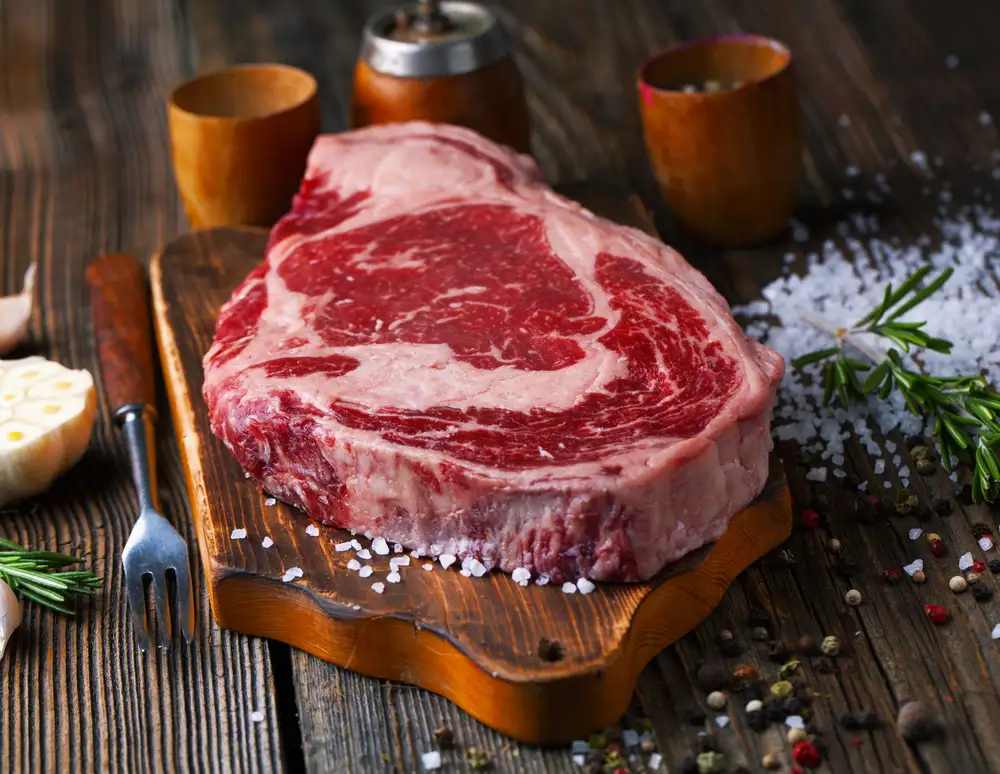
Running a business or planning meals at home becomes much easier when you know how to calculate food cost.
Managing a restaurant, cooking as a chef, or sticking to a family budget — understanding how food costs work helps you spend smarter and keep your expenses in check.
In this guide, we'll walk you through the steps of how to calculate food cost percentage, how to use a food cost calculator, and share tips on managing and controlling food costs.
With inflation and rising food prices squeezing both restaurants and households, understanding how to calculate food cost percentage is more important than ever.
By the end, you'll feel confident in your ability to calculate food costs, whether for a restaurant, a small business, or at home.
Let's kick things off!
Firstly, What Is Considered As ‘Food Cost’?
Food cost means the amount of money you spend on ingredients to make a meal, dish, or even a single serving.
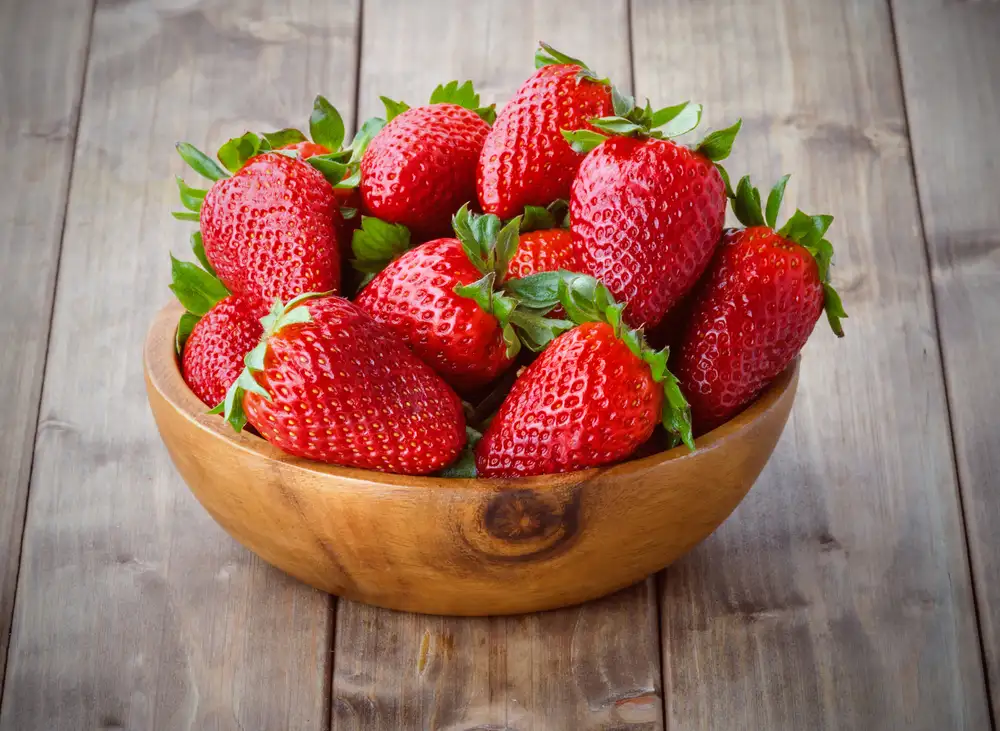
It includes everything you use in the kitchen—meat, vegetables, spices, oil, and even those small things like garnishes or sauces.
Some people also include packaging or take-out containers when they're calculating food cost for a business.
In both homes and commercial kitchens, knowing your food cost can help you make better choices. For example, you might want to plan cheaper meals, reduce food waste, or set prices that bring in profit.
The key is understanding how much you're spending and what you're getting in return.
Here are the common ways to look at food cost:
🍲 Per item: This is useful in restaurants or for meal prep businesses. It tells you how much it costs to make one specific dish.
🍲 Per serving: This applies to both home cooks and food service. It helps when you want to divide a recipe's total cost by the number of portions.
📆 Per day, week, or month: This is helpful when tracking overall food use and spending. It works well for families, cafeterias, or businesses managing inventory.
You can use food cost calculation to compare recipes, control spending, or plan menus. Even a simple breakdown of ingredients can show where your money is going.

Once you understand the different views, it becomes easier to make smart decisions around food planning.
Why Should You Know Your Food Cost?
Knowing your food cost gives you the chance to take control of your kitchen choices.
It doesn't matter if you're feeding a family, running a food truck, or planning meals on a weekly budget—understanding food cost can help in a lot of ways.
It's not just about money; it's also about making smarter, more confident decisions with what you cook and buy.
Once you understand the phenomena of calculating food cost, it's much easier to plan, adjust, and manage your food spending in a way that actually works for you.

Here are five key reasons to know your food cost:
1️⃣ You can set better prices if you run a restaurant, catering service, or any food business. Knowing exactly what each dish costs helps you avoid losing money.
2️⃣ It helps you stay on budget when buying groceries at home. You'll see where your money goes and plan meals that don't break the bank.
3️⃣ It reduces waste by helping you buy only what you need. You'll be less likely to throw out unused ingredients.
4️⃣ You'll spot rising food prices sooner, which means you can make changes to your menu or meal plan before your costs grow too much.
5️⃣ It gives you a clear view of your kitchen costs, no matter what kind of kitchen you're managing. You'll feel more in control when it comes to food planning.
Simple Breakdown: How to Work Out Food Cost
If you want to get a clear idea of how much your food is really costing you, there's a basic formula that many kitchens use.
It's often used in restaurants, but it can be adapted for home use too.
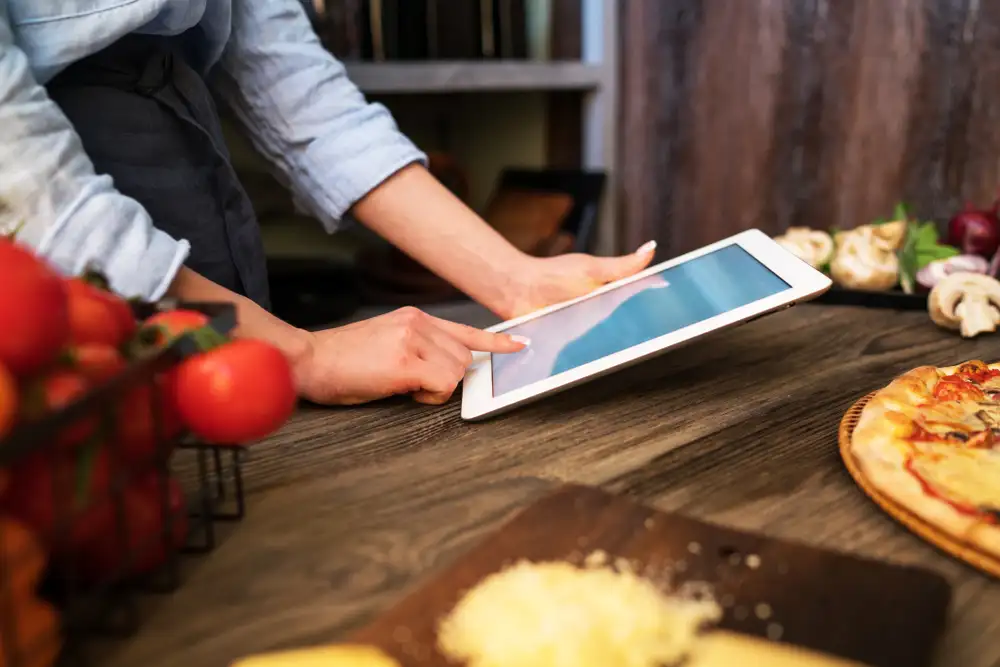
Here's how it works step by step:
Step 1: Start with the value of your starting stock
This means checking how much food you already had before you began the new week or period. This could be ingredients in your pantry, fridge, or freezer.
Step 2: Add what you bought
Next, add up the total amount you spent on food during the period. This includes all grocery runs or supplier deliveries.
Step 3: Subtract what's left
At the end of the period, take note of what food you still have. Subtract this from the total of your starting stock and new purchases. This tells you how much food you actually used.
Step 4: Compare it with your food income or meal count
If you run a restaurant, compare the food used with your total food sales. If you're a home cook, you can divide the total cost of food used by the number of meals made.
Here's a simple version of the formula:
Food Cost = (Starting Food + New Purchases – Ending Food) ÷ Meals Made or Food Sold
This method gives you a better sense of how much each meal costs and where your money is going. Once you get used to it, you can adjust it to fit your kitchen's needs—no matter how small or big.
So How to Calculate Food Cost Percentage Then?
Understanding food cost percentage is crucial for both businesses and households. It helps you see what portion of your revenue or budget is spent on food.
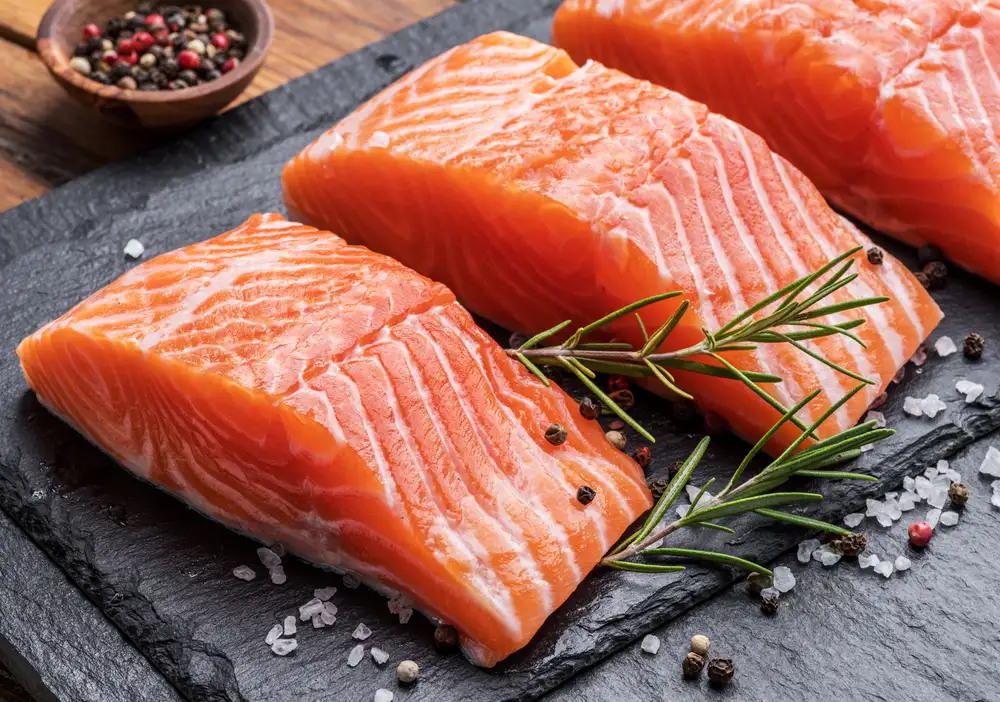
Here's how you can calculate it easily.
1. Calculate the Total Cost of Ingredients
The first step is to determine how much you spent on ingredients. For example, if you're cooking a meal with chicken, vegetables, and spices, add up the cost of each ingredient to find the total cost.
2. Determine the Revenue or Sales Price
Next, figure out how much you're selling the meal for. In a restaurant, this would be the price of the dish. At home, this could represent the amount of money you typically spend on groceries for that meal.
3. Use the Food Cost Percentage Formula
To find the food cost percentage, use this formula:
Food Cost Percentage = (Total Cost of Ingredients ÷ Total Revenue) x 100
For restaurants, a typical food cost percentage falls between 28% and 35%.
For households, understanding this percentage helps track how much of your grocery budget goes into meals, allowing you to adjust spending if needed.
To find the food cost percentage, use this formula:
Food Cost Percentage = (Total Cost of Ingredients ÷ Total Revenue) x 100
For example, if you spent $5 on ingredients and sold the meal for $20, your food cost percentage would look like:
Food Cost Percentage = (5 ÷ 20) x 100 = 25%
Can I Use The Same Formula For Drinks Or Desserts?
Absolutely! You can use the same food cost formula for drinks or desserts as you would for any regular dish.
Just like with food, you need to list out all the ingredients for the drink or dessert, from the main components to any extras like syrups or toppings. Then, apply the same formula—add up the ingredient costs, figure out your selling price, and calculate the cost percentage.
This will give you a clear idea of how much each drink or dessert costs to make and how profitable it is.
Now, Why Should You Use a Food Cost Calculator?
A food cost calculator can make managing food costs much easier and quicker. Instead of calculating everything manually, you simply enter the details, and the tool does the work for you.

It's not only faster but also more accurate.
There are several free and paid options available online to help you calculate food costs easily.
We happen to think that using a food cost calculator is one of the best ways to streamline your food cost management. We believe that so strongly that we even created our own food cost calculator to help you with this task.
Our dedicated food cost calculator page can answer more of your questions and help you get started quickly.
Whenever you're ready, try out our food cost calculator — it's free to try.
All of the details of how to try it are explained at our dedicated page for food cost calculators.

A food cost calculator free is an excellent way to simplify your food cost management without burdening you with extra costs during the learning process.
It's simple to use—just enter details like the cost per unit, portion size, and selling price, and the calculator will quickly give you the food cost and percentage, saving you time and ensuring accuracy.
Using a food cost calculator is especially helpful when:
✅ You frequently update your menu.
✅ Ingredient prices change often.
✅ You manage multiple recipes.
✅ You want to save time on food cost calculations every week.
How Food Cost Calculation Works for Different Scenarios
We believe in sharing helpful tips, so let's break down how food cost calculation works in different situations. No matter if you're running a restaurant or cooking at home, knowing your food costs helps with budgeting.
Here's how it works for both scenarios.
For Restaurants:
Running a restaurant means constantly managing food costs to keep your business profitable. It's not just about knowing how much each dish costs to make; it's also about understanding the price of each ingredient you use.
Every item—whether it's chicken, vegetables, or spices—adds to the overall cost of the meal.
A food cost calculator is incredibly helpful here. By entering the cost of ingredients and your menu prices, it gives you a clear picture of how much profit you're making per dish.
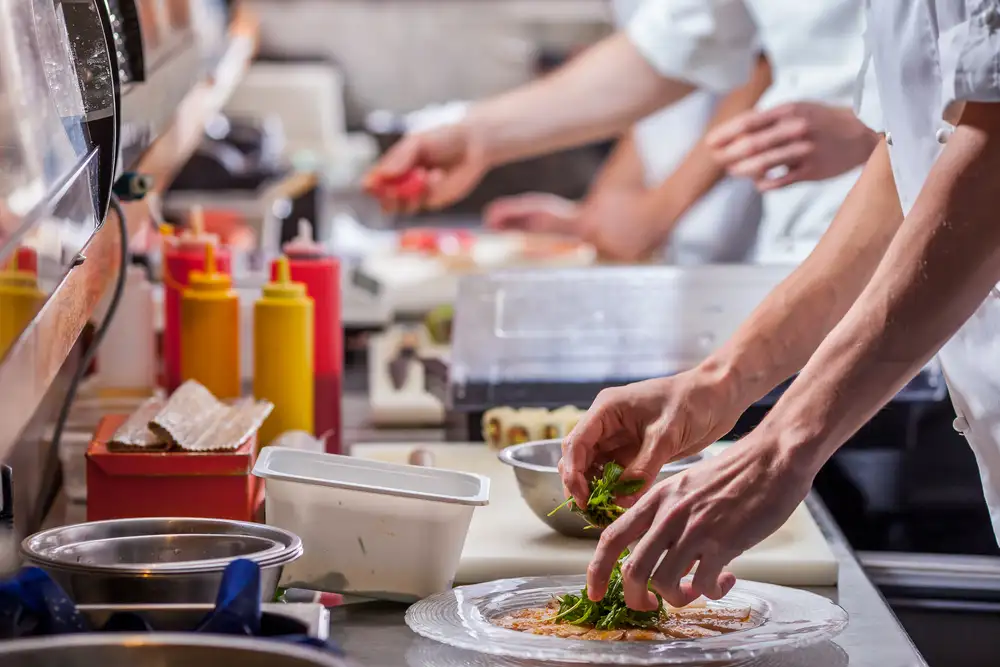
It also helps you adjust your prices if ingredient costs go up, so you don't lose out on profit. It makes the whole process quicker and more accurate, which is helpful when you'e managing a busy restaurant.
For Households:
Even if you're not running a business, calculating food costs at home can be helpful, especially if you're trying to stick to a budget. When you cook at home, it's easy to overlook how much each meal actually costs.
You might buy ingredients in bulk, but how much of that bulk do you actually use? A food cost calculation can help you track how much each meal costs based on the ingredients you're using.
By keeping an eye on prices for each ingredient, you can make smarter choices while shopping.
For example, if you know a certain dish is too expensive to make regularly, you can either adjust your recipe or choose a more budget-friendly meal.
This way, you stay within your budget without sacrificing variety or quality.
What else? It helps you avoid unnecessary waste and plan your meals more efficiently.
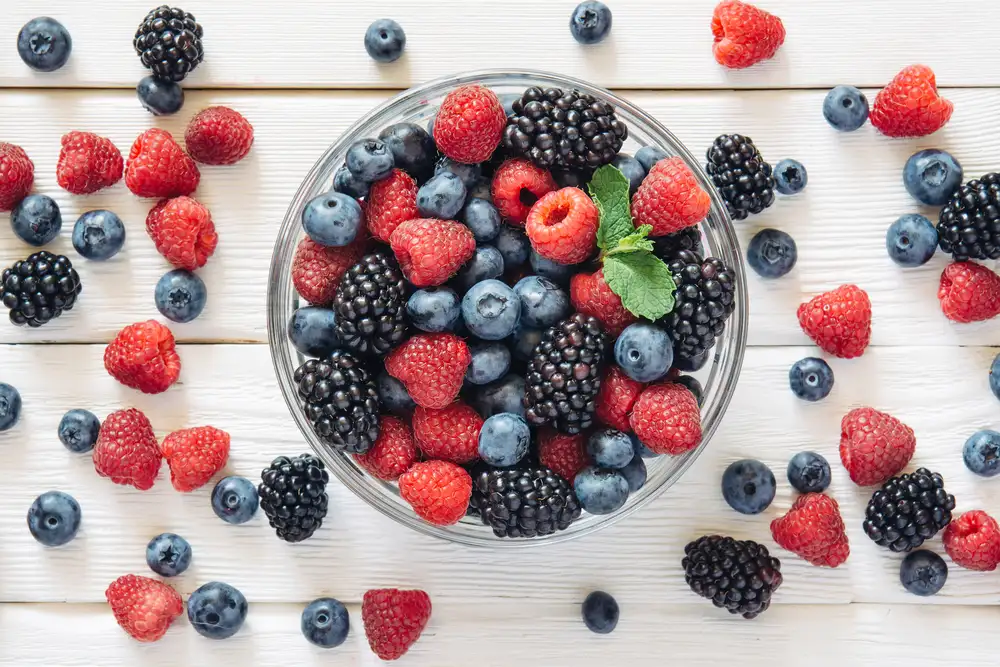
An Important Question: How Often Should I Do Food Cost Calculation?
It's a good idea to calculate food costs at least once a week or whenever there's a menu update.
By doing it weekly, you stay on top of any price changes or ingredient substitutions. If you're running a restaurant, this helps you keep your prices in check and make adjustments if ingredient prices go up. If you're cooking at home, it helps you manage your grocery budget more effectively.
Regular food cost calculations ensure you're always informed and not surprised by hidden costs.
How to Manage and Control Food Costs?
Knowing how to calculate food cost is one thing, but managing and controlling it is where the real challenge lies.
Here are a few tips to help you manage your food costs:
💰 Tracking Ingredient Costs Regularly Helps You Stay on Top of Price Changes
Food prices change all the time, so it's essential to keep track of them regularly. When prices go up or down, updating your cost calculations ensures you're not caught off guard and can adjust accordingly.

💰 Controlling Portion Sizes Ensures You Don't Waste Food or Lose Money
Serving the right portion sizes is crucial. Too much food means wasted ingredients, while too little can leave customers unhappy. Finding the right balance helps you save money and keep your customers satisfied.
💰 Negotiating with Suppliers Can Lead to Better Prices and Deals
Building strong relationships with your suppliers is important. Don't be afraid to ask for discounts or better prices, especially if you're buying in bulk or committing to long-term business. Suppliers are often willing to work with you to secure a good deal.
💰 Minimizing Waste Reduces Unnecessary Food Costs
Waste is one of the biggest factors in high food costs. Make sure you're using ingredients efficiently and reducing waste during preparation and serving. Small changes in how you handle food can have a big impact on your bottom line.
💰 Menu Engineering Can Boost Profits by Focusing on Popular and Profitable Dishes
Menu engineering involves analyzing your menu to identify the most popular and profitable items. By highlighting these dishes and adjusting others, you can increase profitability while keeping food costs under control.
Final Thoughts
As we come to the end of of this article, we encourage you to continue learning about food cost calculation and seeing how it can benefit you, whether you're a restaurant owner or just someone who enjoys cooking at home.
Our dedicated food cost calculator page can answer more of your questions and help you get started with our free-to-try food cost calculator.
If you run a restaurant, manage a small business, or just want to keep your grocery bills in check at home, understanding how to calculate food cost is key for saving money and making smarter decisions.
Here's a simple takeaway: keep track of your ingredients, stay updated on prices, and use a food cost calculator to simplify the process.
Controlling food costs is more than just crunching numbers. It's about using smart strategies like reducing waste, negotiating better deals with suppliers, and having the right tools to make your job easier.
You can definitely stay on top of your expenses and boost your profits by regularly reviewing your food cost calculation.

When you're calculating food cost—whether for a restaurant or at home—the simple strategies we discussed above will help you make informed choices.
©2025 Cocina Digital Hospitality Group, Inc. All rights reserved.
No part of this publication may be reproduced, stored in a retrieval system, or transmitted in any form or by any means, electronic, mechanical, photocopying, recording, or otherwise, without the prior written permission of the publisher.
We use cookies to enable you to use our site, understand how you use our site, and improve your overall experience.
Cookies allow us to personalize content, track which pages are most popular and least popular, and provide advertising that may be relevant to you.
Please note that cookies that are essential to the proper functioning of the site are required and cannot be disabled.
They are usually only set in response to actions made by you which amount to remembering your settings, a request for services, such as setting your privacy preferences, logging in, or filling in forms.
As such, they are the only cookies that are enabled by default.
You can set your browser to block or alert you about these cookies.
By continuing to use our site, you accept our use of cookies.